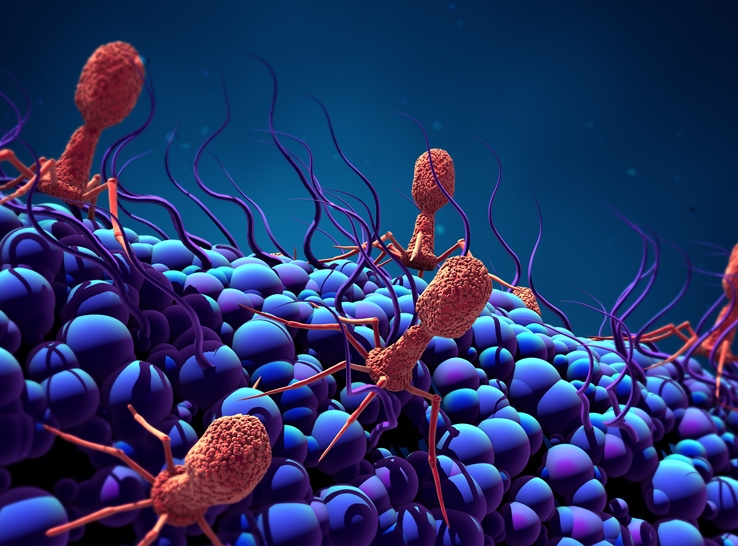
Get ready for the ‘Age of Phages’ in poultry
By Marcelo Lang, DVM
Farsight Consulting & Marketing Services, LLC

By Marcelo Lang, DVM
Farsight Consulting & Marketing Services, LLC
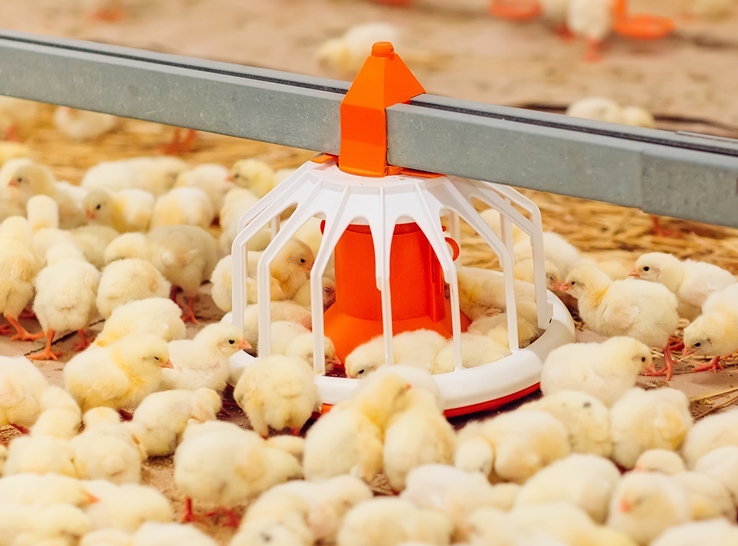
Feed is a vital part of the poultry industry, representing around 60-70% of the total costs. However, even the best feed formulation cannot deliver results if the birds cannot access it readily. Anusha Gautam and Bethany Baker-Cook, PhD, Auburn University, discuss the right type of feeders to select for each of the production phases, appropriate feeder spacing, proper feeder height, and the overall feeder arrangement.

Brian Jordan, PhD, associate professor at the University of Georgia joined T.J. Gaydos, DVM, and Rodrigo Gallardo, DVM, PhD, as panelists in a webinar from the AAAP. They discussed the challenges and promises of IBV serotyping with qPCR and sequencing.
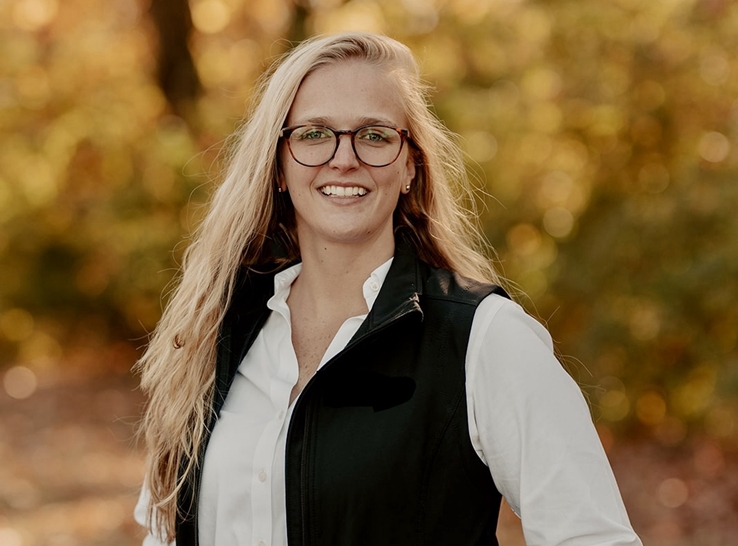
Emily Kimminau, PhD, has firmly become one of the industry’s go-to specialists in coccidiosis — a disease that remains one of the most prevalent and costly challenges in global poultry production. In this Q&A, she talks about disease trends, gut health strategies and what the future holds for data-driven poultry production.
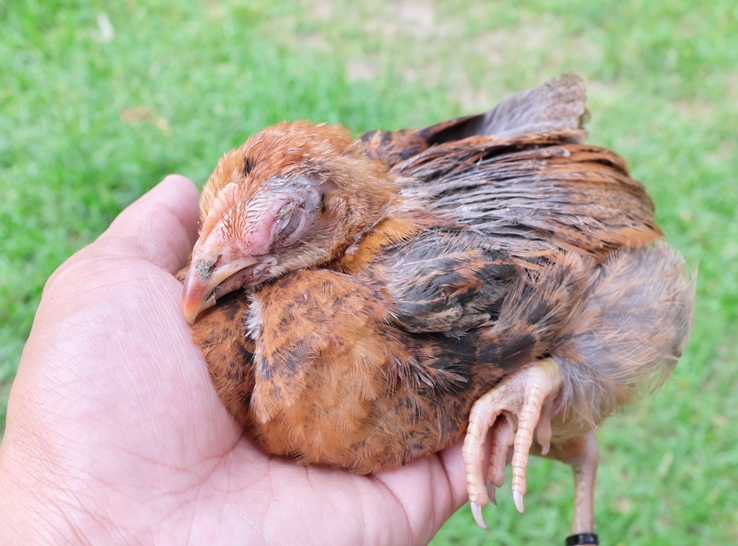
Infectious coryza, a bacterial upper respiratory disease, is on the rise in the US. Avibacterium paragallinarum, which is a primary pathogen of chickens causing coryza, spread from southern states to Pennsylvania in 2018, followed by Ohio, Iowa and other northern states.
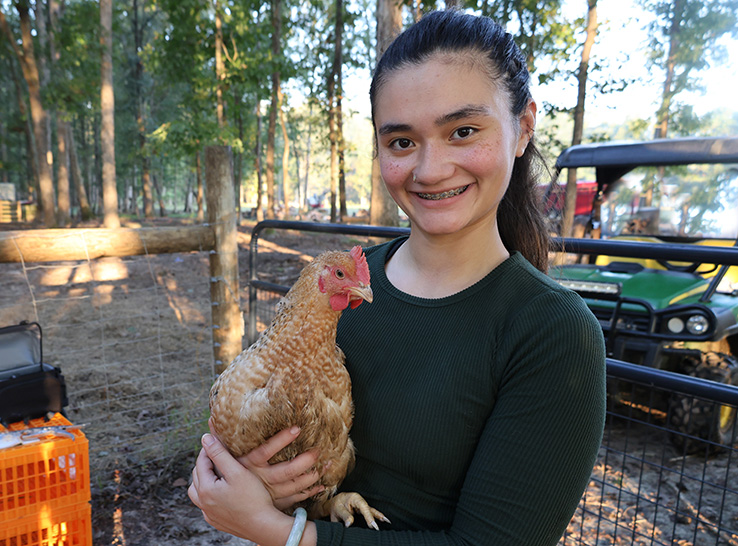
A North Carolina State University study, led by graduate student Athena He-DeMontaron, compared the growth performance and mortalities of fast- and slow-growing strains of broilers reared in silvopastures, which provide a natural habitat with trees, shrubbery and vegetation and indoor facilities. How did these systems impact the different bird strains?

By Ken Opengart, DVM, PhD, DACPV
3 Birds Consulting
Signal Mountain, Tennessee
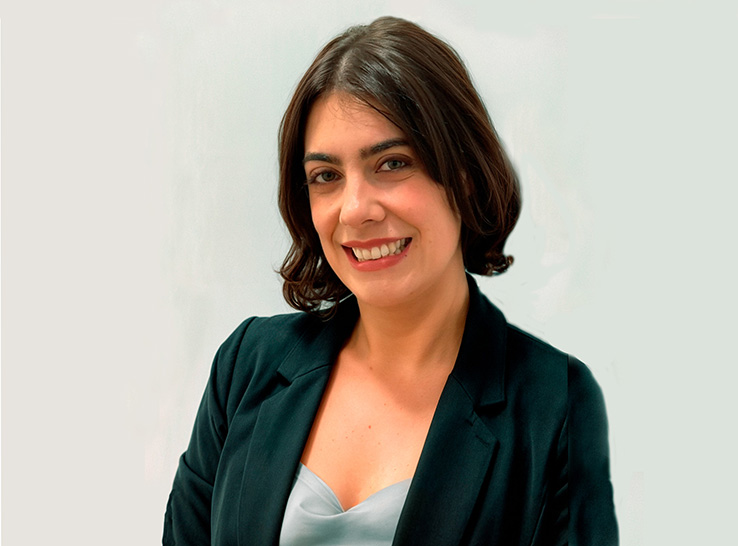
An innovative vaccine designed to protect broilers against increasingly virulent forms of Marek’s Disease is helping producers rethink how they approach immune health, and how they use data to diagnose problems before they’re visible in the flock.

By Shreeya Sharma
Graduate research assistant
Department of Animal and Veterinary Sciences
Clemson University
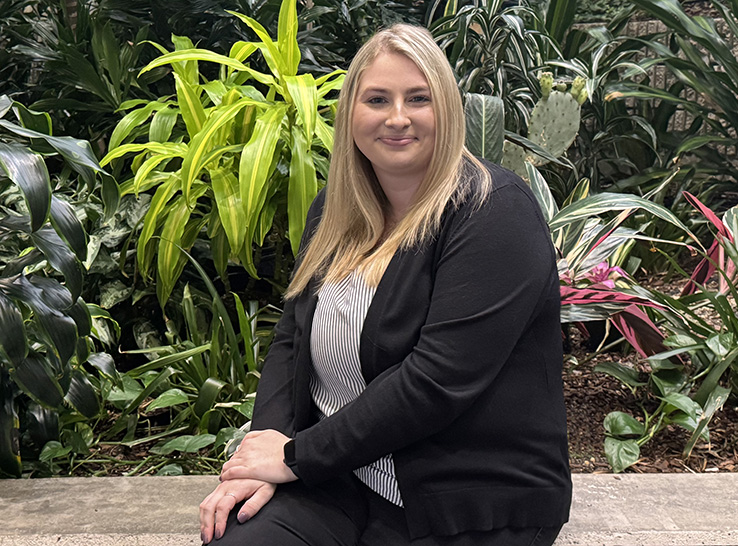
Feed additives, which facilitate nutrient transport in birds, can help producers counter the rising costs of energy sources in poultry diets and loss of resources resulting from the competition for these ingredients. Emulsifiers could be a promising option here.

By Jennifer Irwin
North Carolina State University College of Veterinary Medicine

By Matthew J. Hardy, MSc
AgriNerds – Co-owner, Waterfowl Biologist and Co-director of Ecological Modeling
Chester County, Pennsylvania